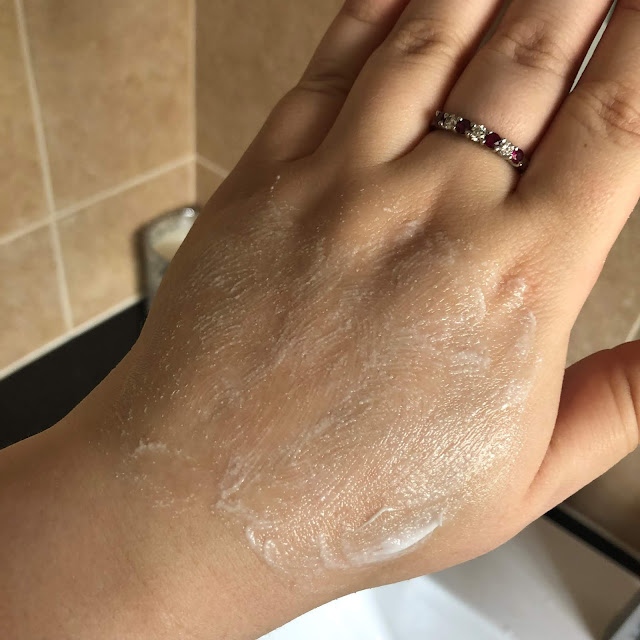Being a sales associate within a jewellery company, I get asked daily what type of diamonds should I be buying? This question is so common, especially when serving customers who come in looking for engagement rings, as understandably they want to pick the perfect one. So this is where this little blog post comes in to help you find the perfect diamond.
Diamonds in the UK should definitely be following the Kimberley Process Certification Scheme (KPCS) from 2003 which helps to prevent conflict diamonds entering the market. You can find out more about this
here. Again, don't be afraid to ask this when buying a diamond just to confirm this as it is a very important factor in helping to prevent conflict in diamond mining countries.
Diamonds are graded on what we call the '4C's'. These are: Cut, Clarity, Colour and Carat. The 4C's only define the rarity of a diamond and its price NOT the diamonds beauty, fire, sparkle and brilliance. Some diamonds will come with certification from independent companies such as Gemex and GIA to tell you all these details and some may not. However, most companies will always use a minimum grading so don't be afraid to ask what these are! So what do the 4C's mean?
1. Carat
Carat (ct) weight refers to the TOTAL weight of a diamond item. So, if the item has one single stone, commonly known as a solitaire, the carat weight shown will be the carat weight for that diamond. However, any other diamonds that are included on the item such as a tennis bracelet, trilogy ring or clusters of diamonds these will be the total amount of diamonds in that item. Generally, items with a single stone with a carat weight of 1ct will be much more expensive than a cluster of 1ct due to the diamond being a bigger stone and thus rarer. This aspect of diamond buying would be completely up to you as budgets and styles would differ.
2. Colour
Colour is based on a scale of D-Z where D is completely colourless and as you go down the scale they begin to turn yellow/brown. They wanted to start the scale at D to disassociate against scales that had been used in previous eras that would use A or 1 as the best quality. Colour differences are very hard to see to the untrained eye but the slightest of changes makes a great difference to the price and rarity of the diamond. So, when buying a diamond the colour should ideally never fall below a J otherwise you pose the risk of it looking yellow/brown. However, this rule doesn't apply when buying fancy diamonds such as blue or pink; These have their own scales.
3. Clarity
Diamonds are made up over millions of years through immense heat and pressure from carbon. Sometimes, these tiny atoms of carbon may not turn into diamond leaving 'black marks' or commonly known as inclusions in or on the outside of a diamond. Clarity is graded on a scale going from flawless, where there are no inclusions, to I3 where the diamond is heavily included and are more than likely to see these inclusions with the naked eye. These inclusions are important in a diamond as they can block the light from reflecting back out of the diamond making the diamond look dull. In an ideal world, we would all love a flawless diamond but unfortunately because these diamonds are so rare, the price jumps up... a lot. When looking at the grading of a diamond, anything from I1 up is recommended as these inclusions are generally not visible to the naked eye and will require a loupe to view.
4. Cut
To me personally, this is the most important one. The cut of a diamond can massively influence the sparkle of a diamond and everyone will comment on how sparkly a diamond ring is, not the colour or clarity. The cut of a diamond can mean two things: The shape of the diamond or the way its actually cut inside. The shape of the diamond would refer to if its circular (round brilliant cut), square (princess cut), pear, radiant, heart etc the list could go on! These are down to what you prefer.

The image above shows on the left hand side a diamond I currently own compared to a generic diamond on the right. As you can see my diamond is giving off a hell of a lot more sparkle than the generic one. The different you ask? Its all down to its cut. If a diamond is cut too shallow, light will leak out the bottom. If a diamond has too much of a deep cut, light escapes out of the sides. The diamond brand of my ring on the right has an ideal cut where the light comes in and light comes back out of the top. This is what you should aim for. Some certifications of diamonds should also give you the cut of the diamond and you should ideally aim for a very good - excellent cut for that beautiful sparkle. Finally, the number of cuts in the diamond can make a big difference. The image of my diamond of the left has 66 cuts to the diamond compared to a standard of 57 cuts to a round diamond. This enhances the light coming through the diamond and reflecting back out again.
I hope this helps you out and if you have any questions, make sure you leave a comment! So, next time your shopping for your next diamond piece of jewellery, don't forget to ask about the 4C's!







